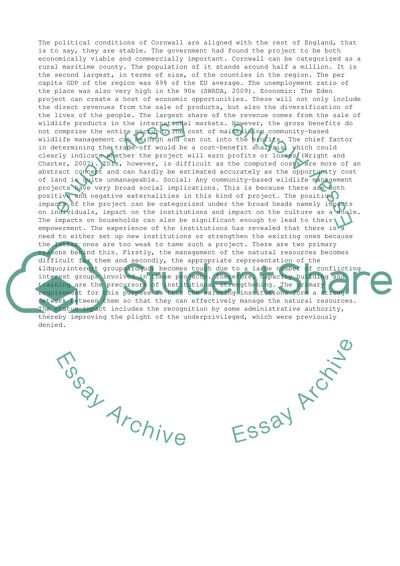Cite this document
(“Environmental Analysis of the Eden Project Admission/Application Essay”, n.d.)
Retrieved from https://studentshare.org/business/1495865-environmental-analysis-of-the-eden-project
Retrieved from https://studentshare.org/business/1495865-environmental-analysis-of-the-eden-project
(Environmental Analysis of the Eden Project Admission/Application Essay)
https://studentshare.org/business/1495865-environmental-analysis-of-the-eden-project.
https://studentshare.org/business/1495865-environmental-analysis-of-the-eden-project.
“Environmental Analysis of the Eden Project Admission/Application Essay”, n.d. https://studentshare.org/business/1495865-environmental-analysis-of-the-eden-project.


